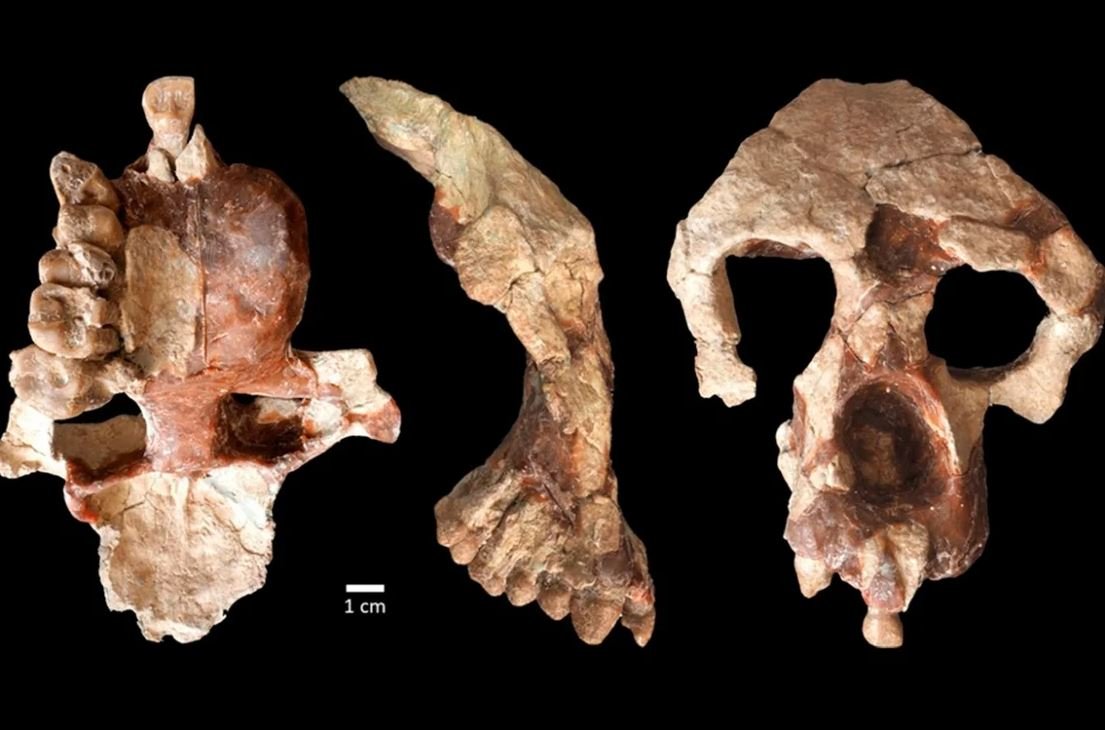A team of researchers from the Canadian University of Toronto and the Department of Anthropology at Ankara University discovered the fossils of an ape that lived in Europe millions of years ago. Well, discovery suggests our ancestors may have evolved in Europe before arriving in Africa, seven million to nine million years ago.
The monkey, called Anadoluvius turkae, was discovered in an approximately 8.7 million-year-old archaeological site in a region in Turkey. In 2015, scientists found a partial skull of the species, and using software the study was able to identify it as an ape the size of a large male chimpanzee or a female gorilla.
According to the research published in the journal Communications Biology, the fossil was found in Çorakyerler, near Çankırı. Scientists claim that the ape is part of one of the first hominid groups on Earth; this group probably spent about five million years in Western and Central Europe before moving to Africa.
“Our findings also suggest that hominids not only evolved in Western and Central Europe, but also evolved there over five million years ago and spread to the eastern Mediterranean and eventually to Africa – possibly as a result of environmental change and the decline of forests. Anadoluvius’. Members of this group, to which the tree belongs, are currently only detected in Europe and Anatolia,” said David Begun, one of the authors and professor of anthropology at the University of Toronto.
Monkey fossil defies evolution
After further analysis, the scientists found that the monkey weighed between 50 and 80 kg and spent most of its time on the ground. Since the fossil presents the characteristics of a powerful jaw, researchers believe Anadoluvius has a root, rhizome-based dietas well as other foods found in dry forests.

As explained in a University of Toronto press release, the discoveries represent another piece of the evolutionary history of chimpanzees, bonobos, gorillas and even humans. Scientists conclude that the ancestors of African apes came from Europe and the eastern Mediterranean, but the available evidence is not yet conclusive.
“This new evidence supports the hypothesis that hominins arose in Europe between nine and seven million years ago and dispersed to Africa along with many other mammals, but it does not prove it conclusively. For this, it is necessary to establish a definitive link between the two groups in Europe and Africa. We need to find more fossils from eight to seven million years ago,” adds Begun.
At TecMundo always stay up to date with the latest discoveries in paleontology and take the opportunity to learn about the work that revealed the true appearance of the ‘snowman’ Ötzi.
Source: Tec Mundo
I’m Blaine Morgan, an experienced journalist and writer with over 8 years of experience in the tech industry. My expertise lies in writing about technology news and trends, covering everything from cutting-edge gadgets to emerging software developments. I’ve written for several leading publications including Gadget Onus where I am an author.













